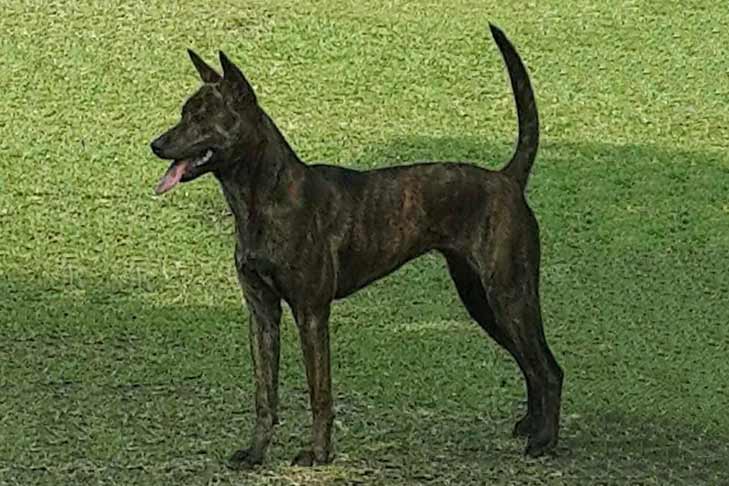The Taiwan Dog is extremely faithful to his master, keen in sense, alert in movement, bold and fearless. He is a medium-sized dog with a triangular head, almond-shaped eyes, thin pricked ears, and a sickle tail. The Taiwan Dog’s perceptive character and bond with its owner were probably refined over many generations of cooperative mountain small-game hunting. Additionally, they are very responsive to commands and simple to train as a result. This breed can be wary of strangers but is brave when it comes to protecting its family. Therefore, socialization is essential for the Taiwan dog in order to temper its powerful instinct to defend its owner and family. Given how well they adapt to regular interaction and socialization, they should be a permanent member of the home rather than an outside dogs.





 Health
Health Grooming
Grooming Exercise
Exercise Training
Training Nutrition
Nutrition